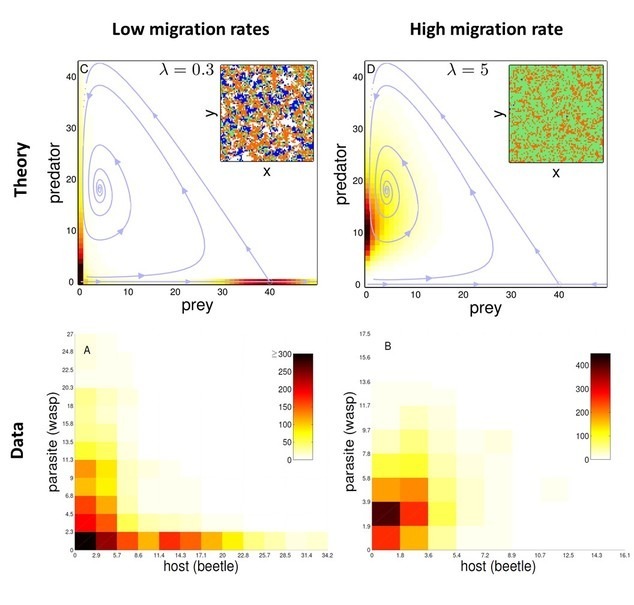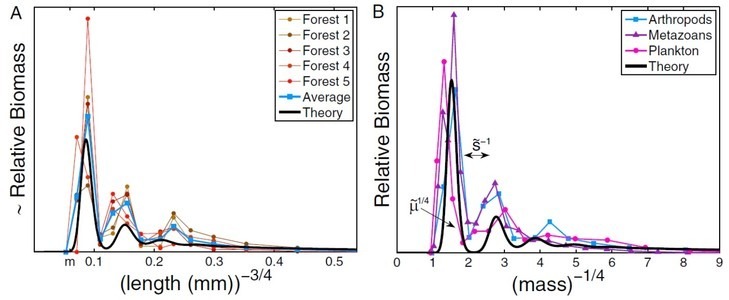Our Lab: Optimization of strategies for environmental management
Our lab members study how to manage ecological and environmental systems cost-effectively. We use mathematical models to describe the dynamics of biological populations, and we use advanced algorithms to analyze these models and find the optimal way to manage these systems. A major focus of our research is on how to mitigate the accelerated infiltration of harmful species, such as invasive species, pests, and diseases. We also study the management of global warming and harvesting by multiple agents. In particular, we are interested in (1) finding cost-effective solutions for managing biological populations, and (2) developing effective environmental policies for cases in which multiple agents, such as land-owners and countries, manage the same ecosystem.
Optimal control of invasive species
We use mathematical models to examine how to control harmful species in the most cost-effective manner. For example, in (Lampert & Liebhold, Ecology Letters, 2021) (see video presentation), we analyzed a population model of the spongy moth to study how to combine multiple methods to eradicate local populations of the moths. In (Lampert & Liebhold 2023), we examine how to best distribute treatment efforts over large landscape to slow the spread of an invasive species. In other studies, I examined how to combine the eradication of an invasive species with the conservation of an endangered species (Lampert et al., Science, 2014); how to restore an ecosystem cost-effectively (Lampert & Hastings, Ecology Letters, 2014); and how to combine multiple methods to manage the environment (Lampert & Hastings, Ecosphere, 2019).
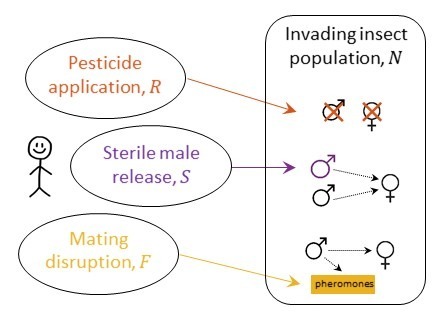

Management of harmful species by multiple agents
One of the greatest challenges for reaching sustainable environmental management is to promote cooperation and coordination among the multiple agents that manage the same ecosystem. This challenge may occur at all scales, from local ones where agents may be landowners, to global ones where agents may be countries. In particular, the core of the problem arises as each agent may aim to achieve their own objective, and therefore, the agent might not care enough about the damage to other agents. In my research, I use dynamic game theory models to find mechanisms that enable multiple agents to cooperatively manage harmful species, such as invasive species, parasites, pests, and diseases. I showed, for example, that slow treatment of the harmful species may promote a stable solution in which multiple agents contribute to its treatment (Lampert et al., Conservation Letters, 2018). I also showed that the abatement of a harmful species population could be faster if only one or a few agents work in the same area, but multiple agents working together in the same area can better control the population to keep its density lower (Lampert, PNAS, 2020) (see video presentation). In addition, I showed that, in some cases, agents that have lower benefits from the abatement of the harmful species may need to contribute more than some of the agents that have higher benefits. In some recent works, I also examine applications to the management of the novel Coronavirus by multiple authorities (Lampert et al., 2022; Lampert 2022).
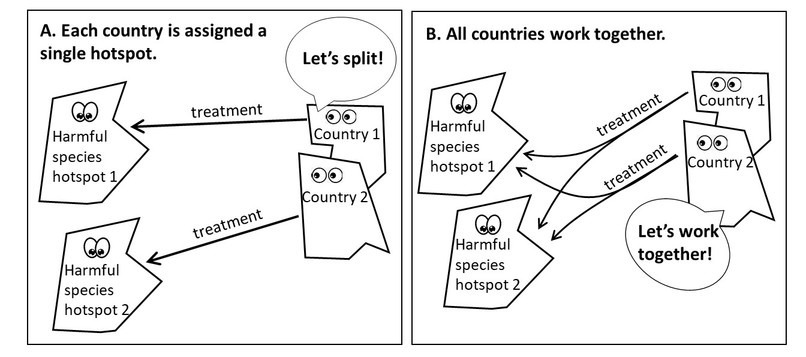
Global environmental management
A major challenge in environmental policymaking is determining whether and how fast our society should adopt sustainable management methods. These decisions may have long-lasting effects on the environment, and therefore, they depend critically on the discount factor, which determines the relative values given to future environmental goods compared to present ones. The discount factor has been a major focus of debate in recent decades, and nevertheless, the potential effect of the environment and its management on the discount factor has been largely ignored. I examine how the over-harvesting of natural resources should be incorporated in climate policy and vice versa (Lampert, Nature Communications, 2019). In particular, I showed that, to maximize social welfare, policymakers need to consider discount factors that depend on changes in natural resource harvest at the global scale. The more our society over-harvests today, the more policymakers should discount the near future, but the less they should discount the far future. This results in a novel discount formula that implies that, to maximize social welfare, significantly higher values need to be assigned to future environmental goods.
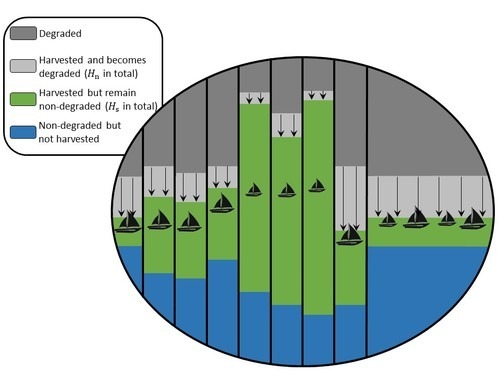
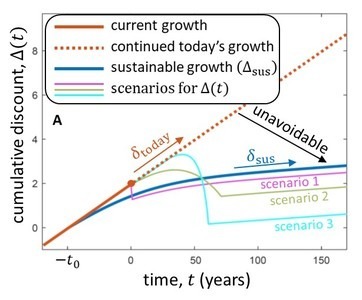
Community and spatial ecology
The spatial structure of ecosystems and habitats plays a central role in allowing persistence and coexistence of many species. I'm interested in how connectivity and migration rates shape multimodal body-size distributions (Lampert & Tlusty, PNAS, 2013), promote persistence (Lampert & Hastings, 2013) and change the roles of local versus regional biodiversity in predator-prey populations (Lampert & Hastings, 2016).
